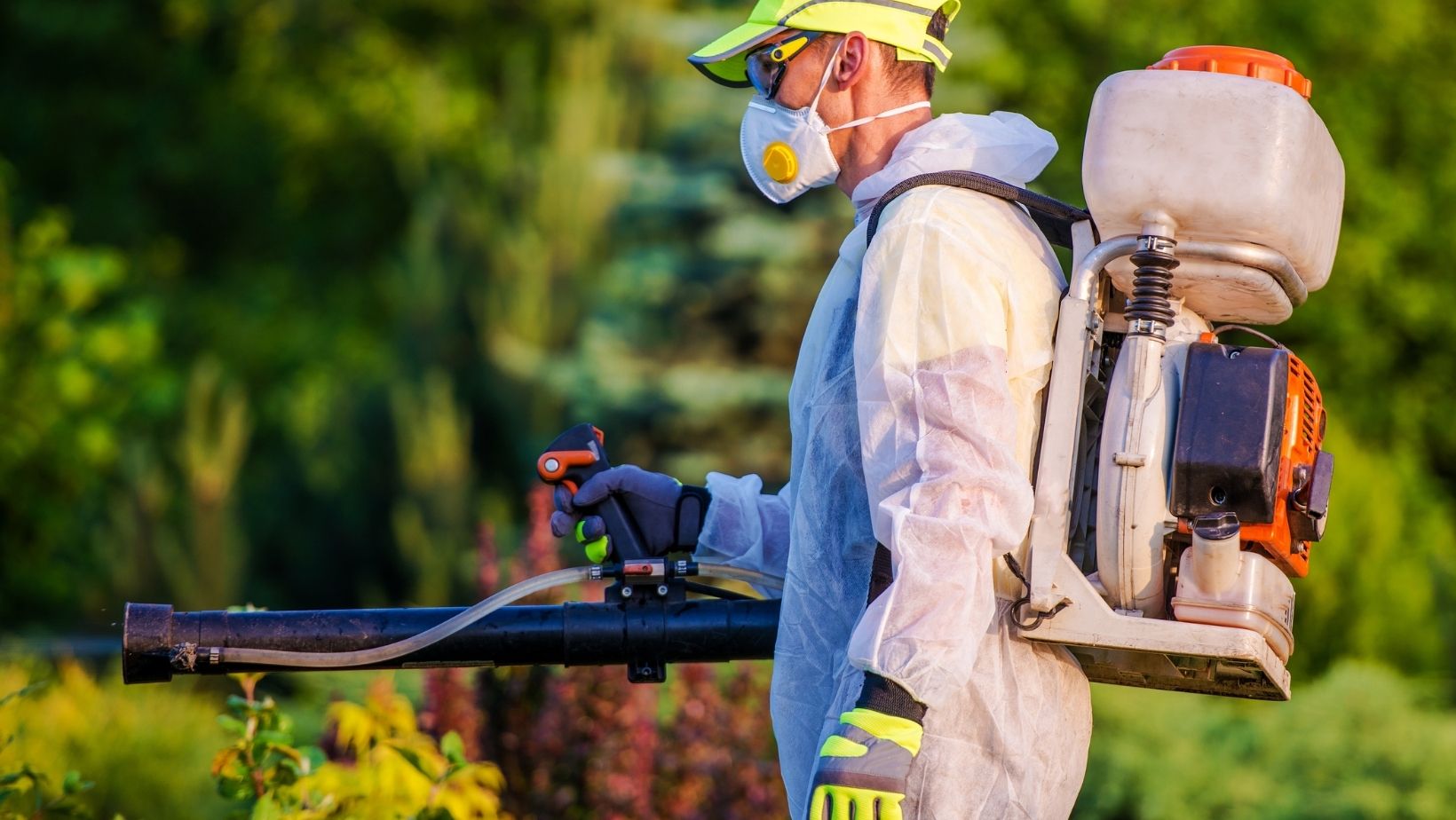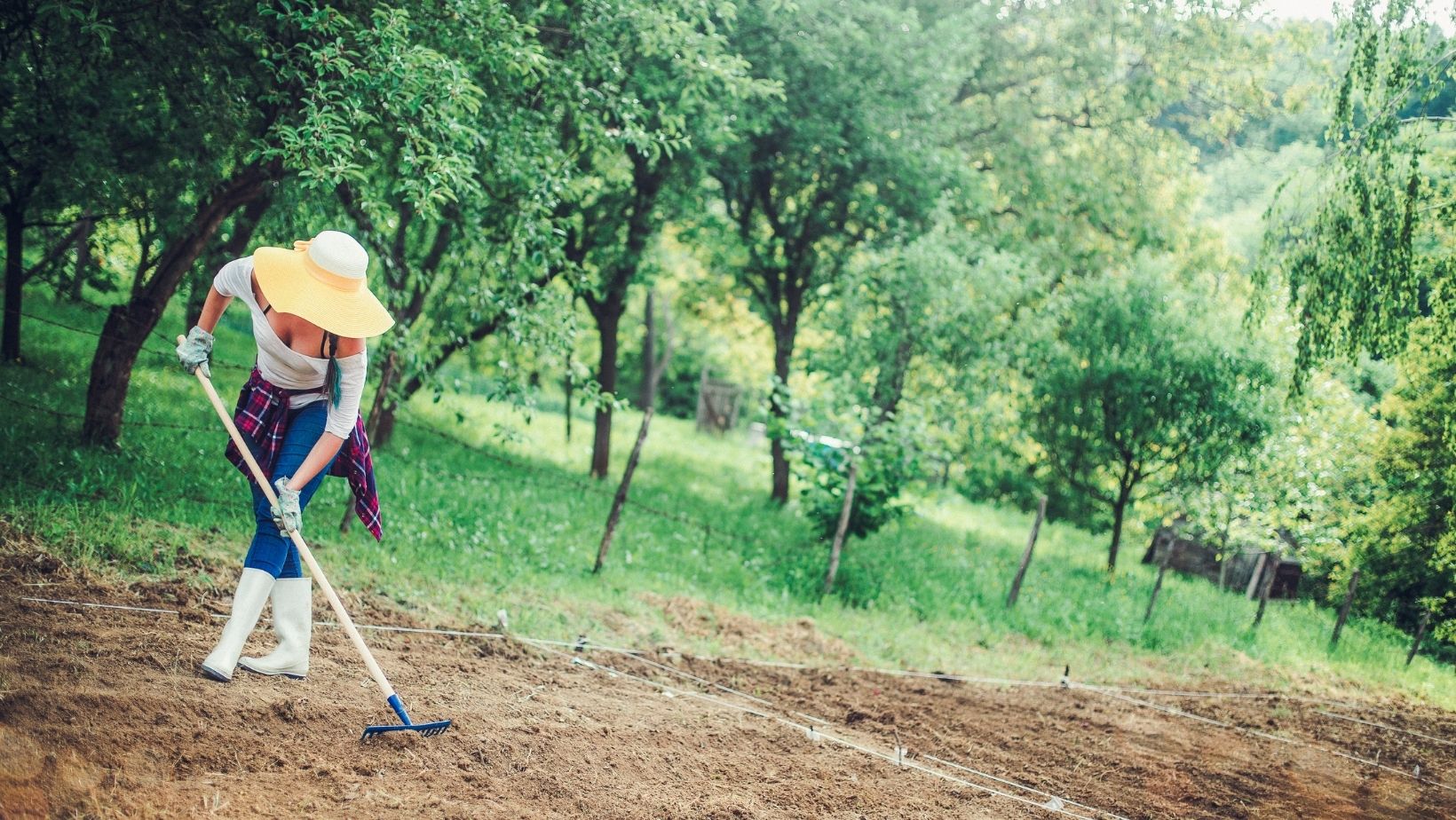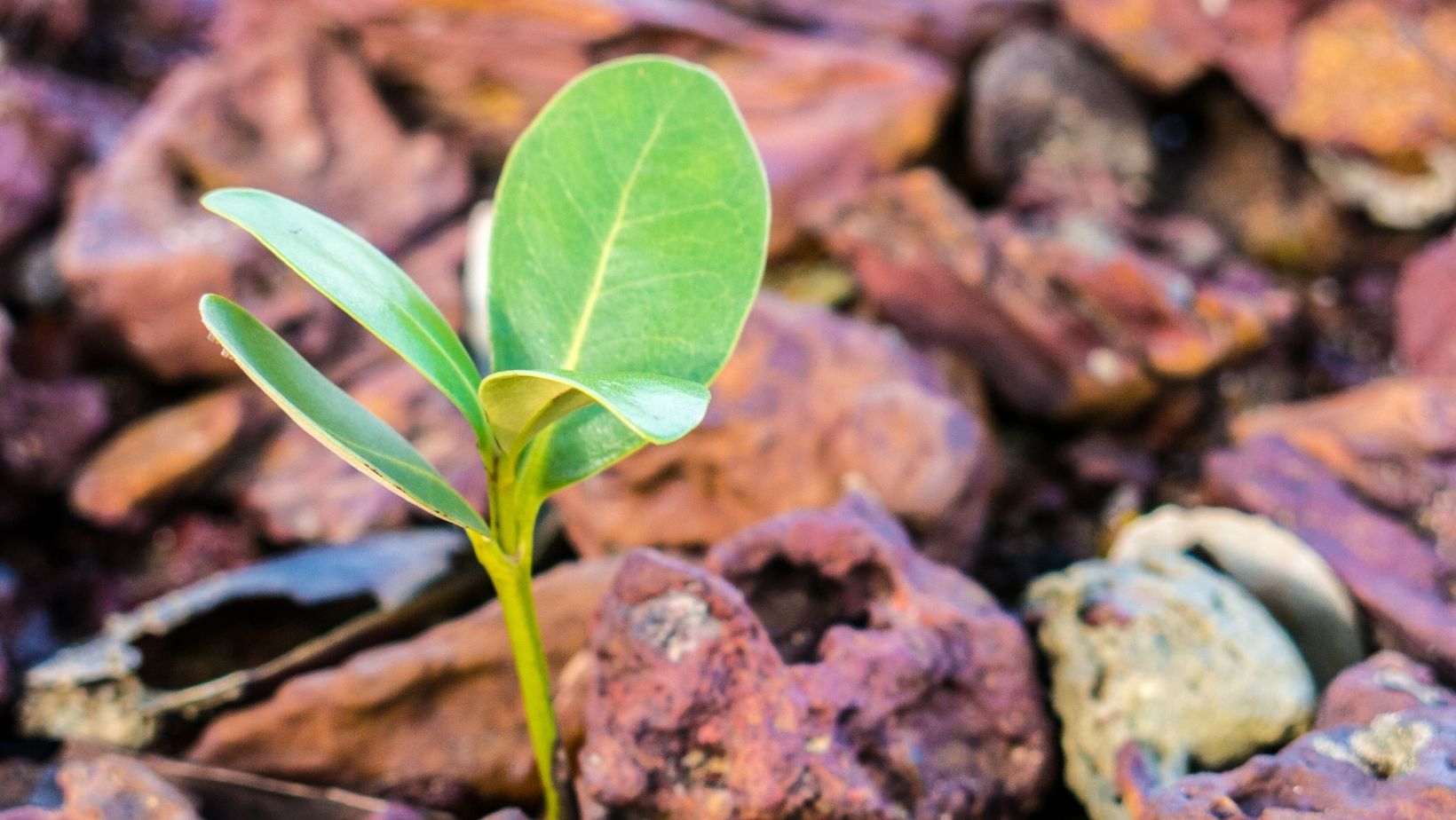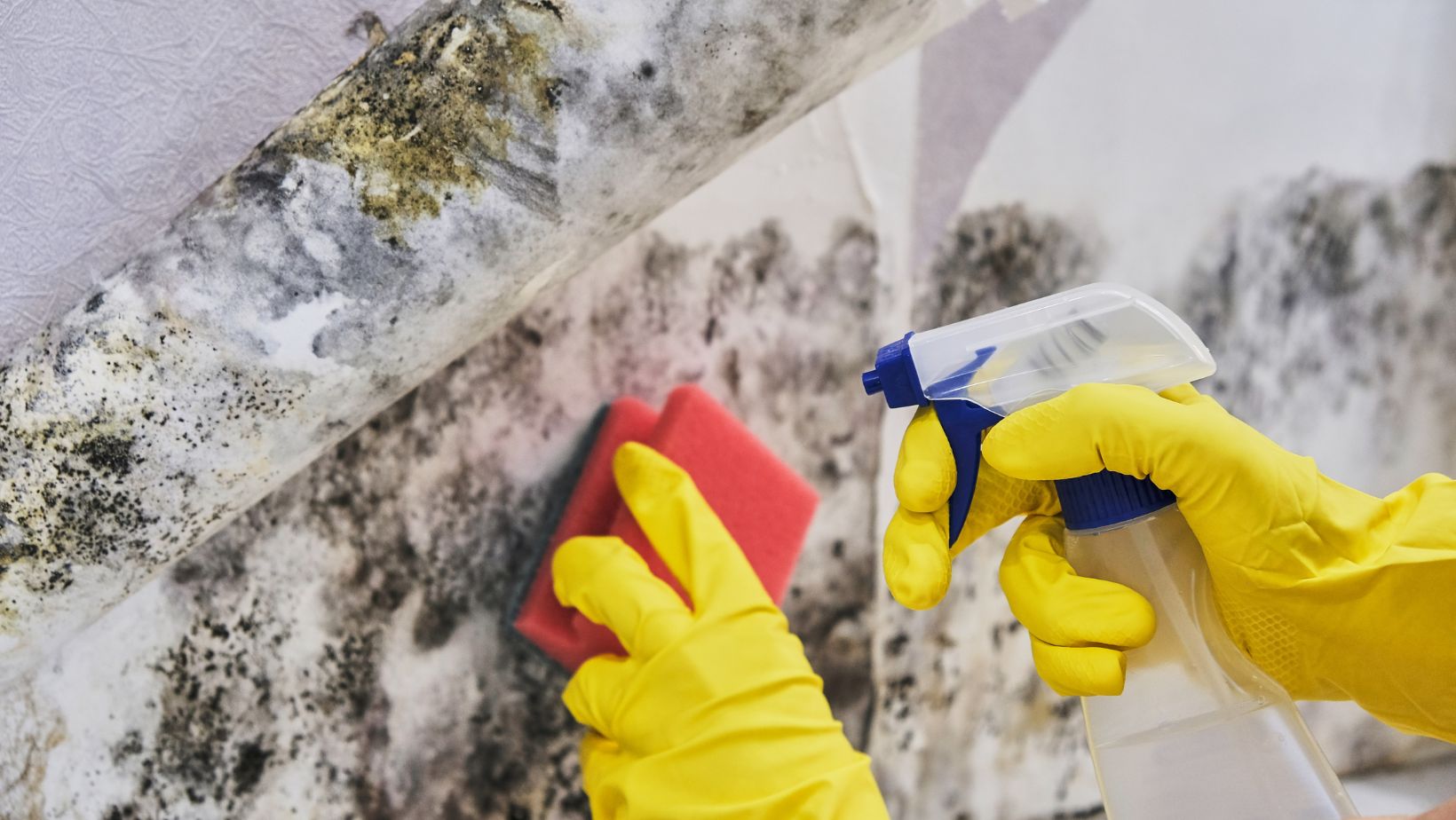The 3 Ways To Boost The Production Of Your Vegetable Garden

Discover what Olivia is talking about from Parenting to Entertainment…
These days it is very important to grow your own vegetables. The rising costs of groceries mean that you need to supplement your shopping with what you can grow yourself. You’ll save money and also improve your health at the same time.
Growing enough vegetables to make a difference you can feel financially is not exactly easy, however. If you’re new at gardening, it isn’t easy to make sure that you are getting the kind of production you need. It takes knowing a few tips so you can start out the right way. In this article, we will go over several ways to boost the production of your vegetable garden so you can save even more money.
1 – Take Care of Pests
One of the biggest obstacles to getting good production from your garden is the pest problem. Often, there are loads of insects and animals that want to eat your vegetables before you get a chance to. Keeping them under control is essential.
You have to have a plan for getting pests under control, as each type has its own challenges. What this means is that beetle control will be much different than aphid control. You have to determine which pests are the actual problem.

For instance, if slugs are getting into your carrot patch, then you should put a bowl filled with beer in the garden to attract the slugs away from the plants. If you have rabbits, then putting a fence around the garden that goes underground will keep them from ruining your garden.
It’s essential to treat each problem individually because if you don’t, then the damage could cut your production down considerably.
2 – Succession Planting
To get the most out of the space that you have, you should think about always having plants ready to transplant. This method is called succession planting and ensures that every inch of your garden space has something growing that is going to produce.

For instance, if you have potatoes coming out of the ground and you decide to sow leek seeds thereafter, you will be waiting a long time for it to produce more food to eat. However, if you already have leek seedlings in your greenhouse, then you can plant them in place of the removed potato plants and gain about six weeks of waiting time instead.
3 – Grow What Grows Best for Your Area
Every area has its own climate that makes it ideal for some vegetables and not for others. It is very wise to figure out what your hardiness zone is so you can then grow the plants that do well in that environment.

If you try to grow things that don’t do well for that climate, you may get some production but not nearly as much as when you grow what thrives in that area. It’s best to work with nature and not against it. For instance, don’t try to grow avocado in a cold area and expect it to produce fruit.
What's Your Reaction?
Discover what Olivia is talking about from Parenting to Entertainment & all of the in between. Activities for Kids, DIY, Health & Fitness, Giveaways & More..



